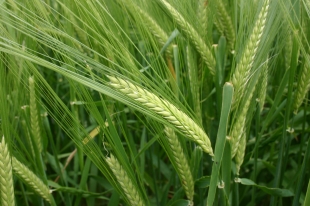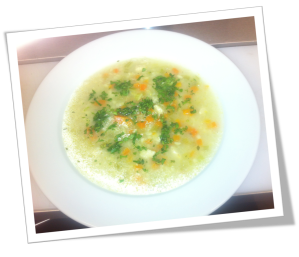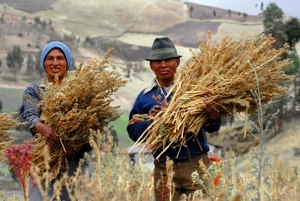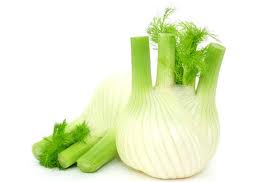These cereals that do us good!
April 24, 2022
And if we were talking about Barley...

Barley is a straw cereal, belonging to the grass family. Depending on its varieties and growing conditions, it can reach a height of 30 to 120 cm. From its scientific name Hordeum vulgare », it is characterized by its ears with long beards. Barley seed is elliptical in shape and milky white, black or purple in color.
In addition to being recognized for its importance in our diet, barley is also recognized for its resistance to cold, lack of water and poor soils. In short, it is a cereal that adapts easily to various climatic environments. It seems to have been one of the oldest cereals cultivated by man.
In the footsteps of a rustic cereal…
The traces of the first cereal cultivated by man direct us to excavations carried out in the region of Aswan in Egypt. Barley grains 18,000 years old were discovered there. Further on, precisely 100km from Cairo, other excavations have shown that barley has been cultivated for more than 5000 years.
Barley was domesticated around 8000 BC. J.-C., in the Middle East and in Central Asia. It would seem that this cereal, the most used in history, was first cultivated in Turkestan, Ethiopia, Tibet, Nepal and China.
Beyond the Nile Valley, the ancient Greeks also made barley their staple food with a prominent place in their religious services. Moreover, in the Illiad Homer describes barley as "divine". Both the Hebrews and the Greeks attributed to it a symbol of power and a warrior value. The Vikings and Roman gladiators attributed to him the secret of their strength and power. Thus, the gladiators fed constantly and before their fights, "barley porridge". These gladiators were also nicknamed "hordearii", that is to say "barley men", because of their robustness.
The benefits of barley seeds for our healthstar!

Barley is not only rich in fiber, vitamins and minerals, but also contains eight amino acids essential for our health. Thus, these medicinal properties justify its new development. Barley is rich in mineral substances such as selenium, iron, copper, phosphorus or magnesium. It contains silica which is an important strengthener for ligaments and connective tissue. Further, associated with sugar, silicic acid has a favorable impact on the nervous system and metabolism in general. Thanks to its content of group B vitamins and vitamin E, barley has fortifying and regenerating properties. Barley's supply of soluble fiber improves bowel function and therefore protects against colon cancer. Finally, the juice extracted from young barley plants could play a protective role against pollution and carcinogens present in food or in the air.
How to prepare Hulled Barley Soup?
Given the importance of barley for our health, Chef Guy Dongué has designed a healthy recipe based on barley. It's Hulled Barley Soup! We invite you to consult the tab " Receipts " to discover the steps: https://cuisinesantelab.com/all-recipes/

To your kitchens and good practice!
Do not hesitate to contact Chef Guy Dongué if you need practical advice, It's free!
By phone at (647)-836-9021; by email at info@cuisinesante.com or cuisinesantef@gmail.com
*Hulled Barley is Barley simply stripped of its inedible outer husk, which has retained virtually all of the bran. This grain is the most nutritious because it has lost very few nutrients.
You may like these too
Service Canada supports the employability of young Francophones in Ontario during the summer
Toronto, June 08, 2022 – Canadians Healthy Cuisine (SCC) is pleased to announce the
June 8, 2022
Salmon for the health of our women and our elders!
Nothing more varied, nothing more colorful than the magnificent creatures that inhabit our ma
April 24, 2022
Quinoa and its unsuspected benefits for our health!
Quinoa, “pseudo-cereal” or “Inca gold”… The mother of all
April 24, 2022
Fennel in your dishes, and for your health!
Fennel, a symbolic antidote We are in the thirteenth century, on rocky grounds and
April 24, 2022



